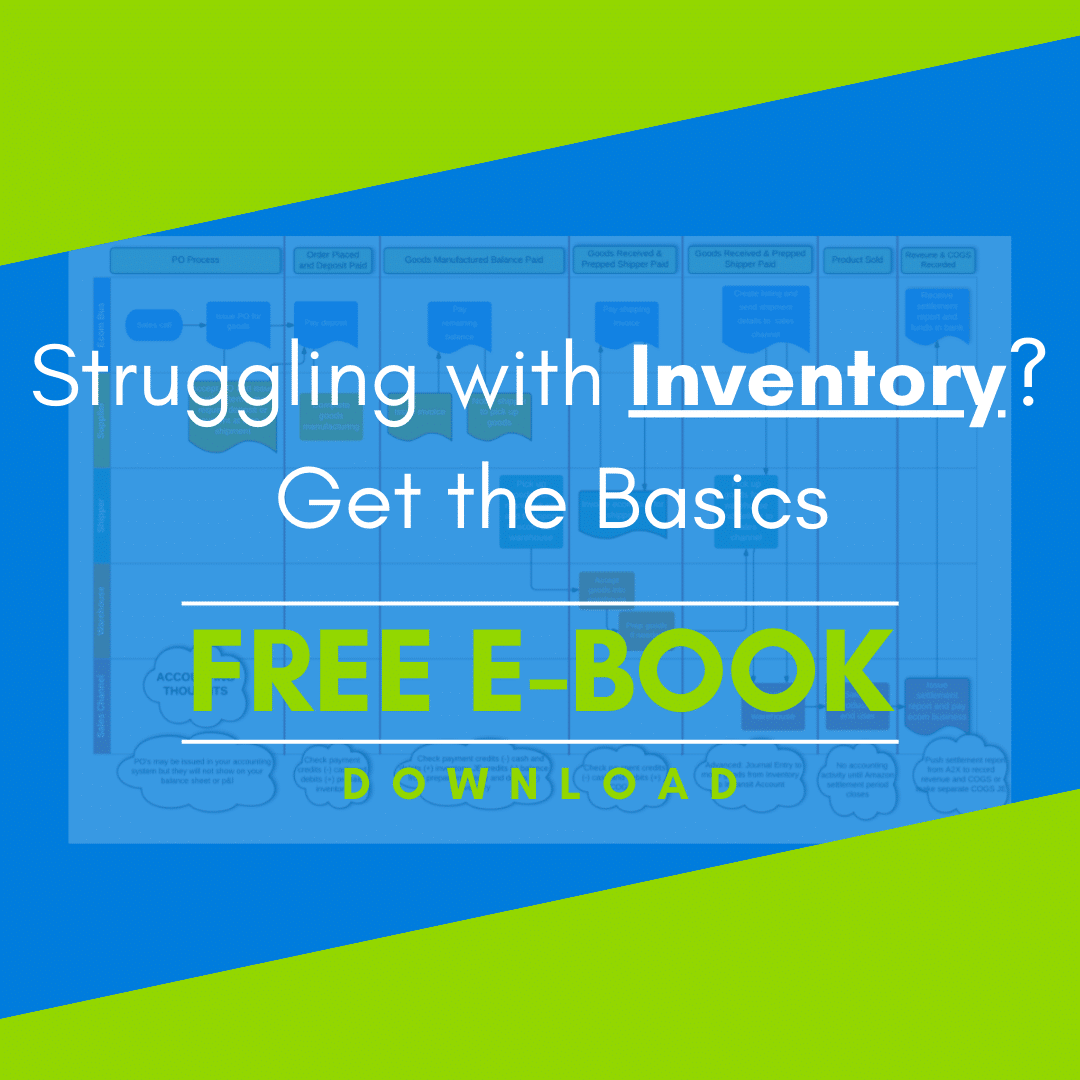
Proper allocation of funds and expenses is a vital aspect of business ownership. Establishing a reliable system ensures regular commitment and reduces time investment. On the other hand, improvising each month leaves you at the mercy of Parkinson’s Law, relinquishing control over both your time and money.
Even if you’ve only been around for a short period of time, there’s a good chance you’ve heard me talk about Parkinson’s Law before. Developed by Cyril Northcote Parkinson in the 1950s, this law states that the amount of work needed will adjust (normally by increasing) to the time available to complete the work.
In this case, the law is applied to time, but it can be applied to any resource, even money and other goods. I like to simplify it and say, “We use what we’ve got.”
Keep Parkinson’s Law Away from Your Time
As a business owner, you’re pulled in every direction, so how do you manage your time? My recommendation is to use time blocking while staying aware of Parkinson’s Law. I use this method myself with my business, and it helps me stay on top of everything.
Think about the tasks you have to finish and how much time they will take you. If you need 8 hours to finish a task, block out time on your calendar to work on it. Sometimes you may need to do a few hours one day and a few the next.
This is fine, just don’t leave it at, “I’ll do it this week.” That is when Parkinson’s Law will creep in, and you’ll push it off to the end of the week, or even the next week. Make the choice to be proactive instead.
Instead of adding the task to a to-do list, put it on your calendar. If you want to finish in 2-3 days, add a 4-hour spot to your calendar for the next two days. This will increase your accountability and ensure you have time to focus on the task at hand.
Protection from Profit First
Another way to use Parkinson’s Law is with money, via bank accounts. The Profit First method is centered around behavioral laws, Parkinson’s included. With Profit First, you use multiple bank accounts to divide up your money for specific areas.
This helps improve cash flow understanding. The reason it works is because the accounts are funded and spent for an individual purpose, allowing you to understand your cash position by looking at an account balance instead of crunching numbers.
Using one bank account can’t really tell you where your cash is going in your business. In one checking account, you most likely make payments for operations, inventory, payroll, and other expenses.
If you have a large balance in this account, you also might get ideas about using the money to pay for wish list things. If there’s a low balance, there’s a possibility you’ll start looking to delay bills or how to sell more so you can increase that account.
The simple task of separating your expenses, like Inventory and Operating, can really open your eyes to what’s going on in your business. Accounts for Profit, Owner Pay, and Taxes complete the Profit First methodology. Our Quick Start Guide walks you through the process of giving your money a purpose.
In my opinion, the best practice is to keep the Operating Checking Account at a consistent amount and add any extra funds you might get into your Profit Account. Using this, you’ll have plenty to cover expenses, but not enough to let Parkinson’s Law take advantage of you. Keep in mind that you use what you have. By keeping the balance lower, there’s no temptation to spend the money you have “laying around”.
Take Advantage of Parkinson’s Law
If Parkinson’s Law has been a problem for you, take a few minutes to reorganize your calendar and your bank accounts. While it can be trouble, you’ll also see that Parkinson’s Law can also become a valued asset when used the right way!




Leave a Comment